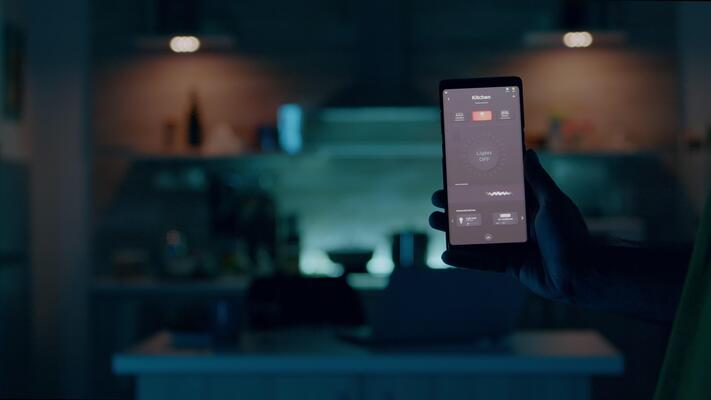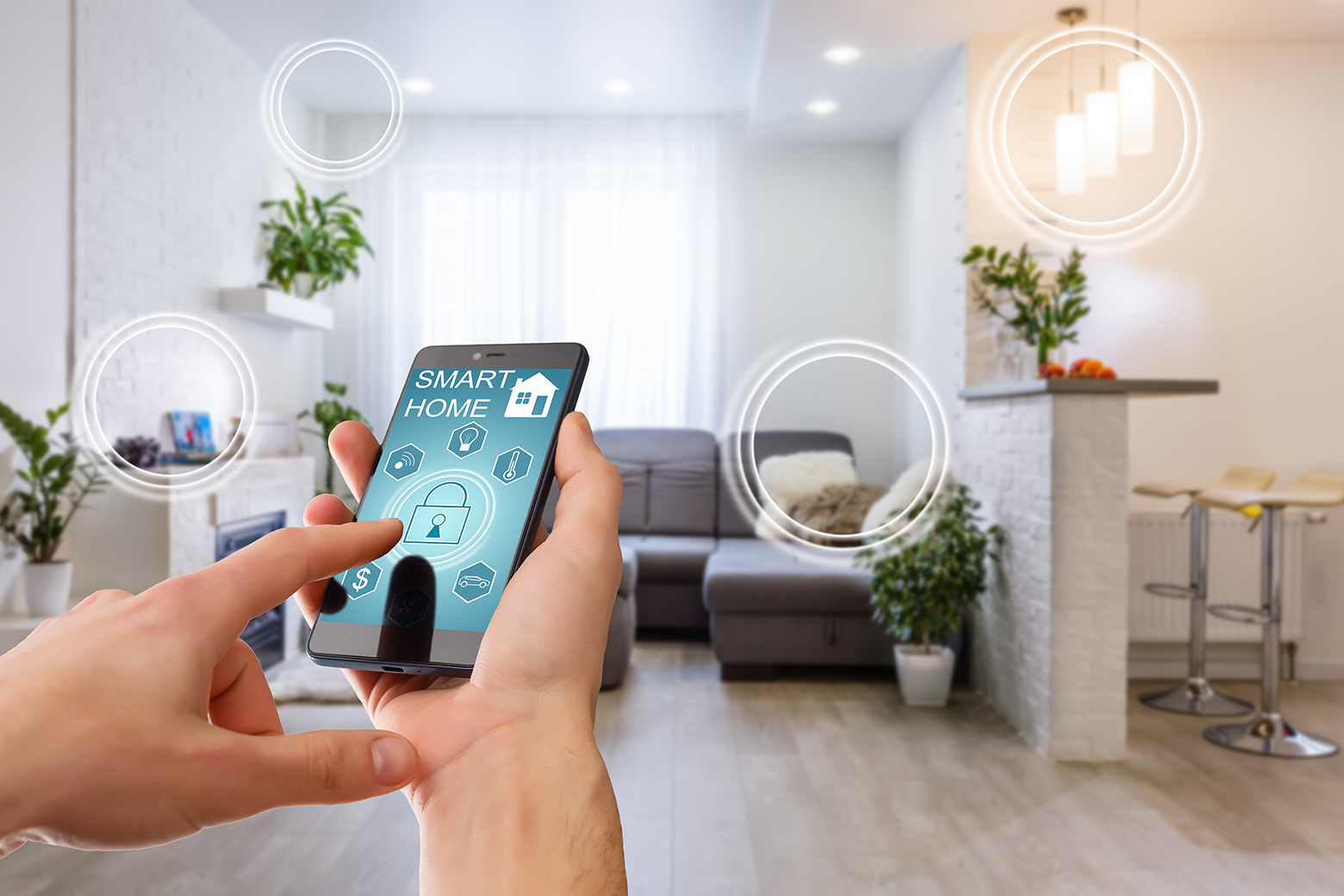In today's rapidly evolving world of technology, smart lighting for entertainment presents an opportunity like no other. Whether you're a homeowner seeking to enhance your living room's ambiance or a business owner aiming to improve customer engagement, smart lighting can revolutionize your environment, creating an unparalleled experience. This article explores the nuances of smart lighting and how it can be effectively utilized to elevate entertainment settings.

Why Smart Lighting Matters
The concept of lighting has transcended from merely illuminating spaces to playing an integral role in setting the mood and enhancing environments. With smart lighting, the possibilities are endless. From adjusting the color temperature to synchronizing lights with music or movies, smart lighting systems can drastically impact the way we experience entertainment.
Lighting has always held the power to manipulate mood and perception. In entertainment settings, the strategic use of smart lighting can turn an ordinary viewing or listening experience into something extraordinary. Imagine watching a movie with dynamic lighting that adjusts to the scenes, or hosting a party where the lights pulse to the beat of the music. These are just a few examples of the transformative potential of smart lighting for entertainment.
Smart Lighting Technologies
Understanding the technologies behind smart lighting can help in making informed decisions. At the core, these systems use IoT (Internet of Things) devices that connect to a central hub or wirelessly to a mobile application. This connectivity allows users to control lighting remotely, schedule changes, and even automate responses to certain triggers.
Popular smart lighting brands offer a variety of products, from bulbs and strips to entire lighting systems. These products often integrate with smart home ecosystems like Alexa, Google Home, or Apple HomeKit, providing seamless control over lighting parameters. Additionally, many smart lighting solutions come equipped with energy-efficient LED technology, offering both economic and environmental benefits.
Integrating Smart Lighting in Home Entertainment
For homeowners, integrating smart lighting into your entertainment system can be both exciting and rewarding. Start by assessing the spaces where you entertain most frequently. The living room and home theater are typical starting points, but don't overlook other areas like patios or game rooms.
Once you've selected the spaces, consider the types of entertainment you enjoy. For movie buffs, systems that sync with your TV to provide ambient backlighting can greatly enhance the cinematic experience. Music lovers might prefer lighting that changes color and intensity in response to audio cues, creating a dynamic atmosphere for parties or relaxing evenings.
Additionally, smart lighting can be programmed to transition throughout the day, enhancing your home's ambiance and energy efficiency. Websites like Feel Design offer valuable insights into smart home setups, providing guidance on installation and integration.
Smart Lighting in Business Entertainment Venues
Businesses, particularly those in the entertainment sector such as bars, restaurants, and event venues, can greatly benefit from smart lighting. The ability to create unique and immersive environments can set a business apart from its competitors. For instance, lights that change with the time of day or are programmed to match specific events can enhance the customer experience and encourage repeat visits.
Moreover, smart lighting solutions can contribute to energy savings and sustainability, which are increasingly important factors for businesses. By setting lights to dim automatically during off-peak hours or using motion sensors to control lighting in infrequently used areas, businesses can reduce their environmental footprint and operational costs.
For more detailed strategies on implementing smart lighting in commercial settings, the IoT X Tech blog provides excellent resources on creating immersive smart home experiences that can be adapted for business use.
Overcoming Challenges with Smart Lighting
While the benefits are clear, there are challenges to consider when implementing smart lighting for entertainment. Compatibility with existing systems, installation costs, and the learning curve for new technology can pose hurdles. However, these challenges can be mitigated with proper planning and research.
It's crucial to choose products that are compatible with your current devices and future-proof against technological advancements. Consulting with experts or engaging in community forums can provide valuable insights. Additionally, many manufacturers offer customer support and detailed guides to assist during the installation process.
The Future of Smart Lighting in Entertainment
As technology continues to advance, the scope of smart lighting will only expand. Innovations in AI and machine learning promise to bring even more personalized and adaptive lighting solutions, further enhancing how we experience entertainment in both homes and businesses.
For those interested in staying ahead of the curve, exploring cutting-edge solutions and adopting new technologies early can provide a competitive edge and a more fulfilling entertainment experience.

FAQ
How do I start with smart lighting?
Begin by identifying the areas you want to enhance and the type of ambience you wish to create. Research compatible products and consider consulting resources like the Vivint guide for comprehensive setup instructions.
Is smart lighting cost-effective?
While initial costs can be higher than traditional lighting, smart lighting often leads to energy savings and reduced maintenance costs over time, making it a cost-effective solution in the long run.
Can I integrate smart lighting with existing smart home systems?
Yes, most smart lighting products are designed to integrate seamlessly with popular smart home ecosystems. Ensure compatibility by checking product specifications and consulting user manuals or expert advice.

